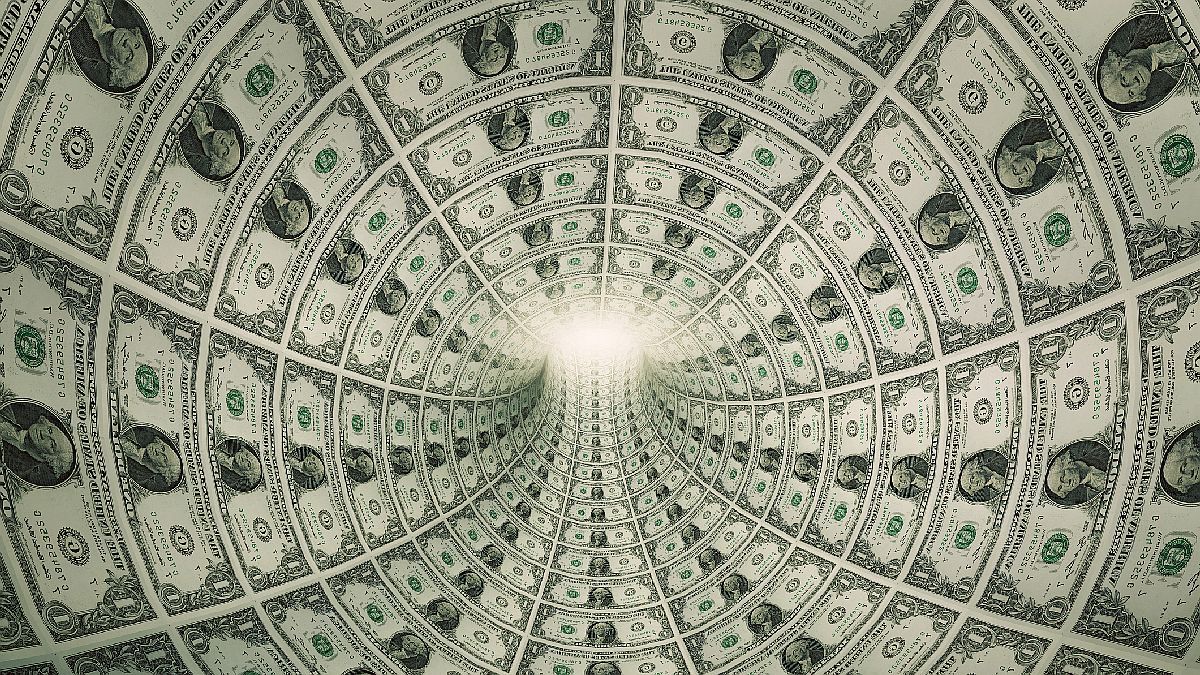For its part, the MEP (via AL30) showed an increase of 1.5% ($2.98) to the $206,58, which brought the spread with the wholesaler to 98.2%.
The acceleration of the alternative exchange rates to the official occurred in a framework of doubts about the possibility that the Government and the International Monetary Fund (IMF) reach a consensus on fiscal matters soon.
Many analysts maintain that despite the tensions there will be an agreement before March 22, at which time Argentina must pay the agency about US$3 billion, a figure that exceeds the amount of net reserves held by the BCRA.
Economist Gustavo Ber maintained that there are “forecasts that a ‘light’ agreement could finally be reached,” which favored the rebound in Argentine bonds this year.
On Tuesday the chancellor santiago cafiero met with US Secretary of State Antony Blinken. The US official emphasized the intention of the Biden administration to support a “vibrant Argentine economy”, although the agreement with the Fund was not explicitly mentioned.
Meanwhile, the vice president Cristina Fernandez criticized the previous government for the debt contracted, taking into account that in 2021 payments to the institution commanded by Kristalina Georgieva represented 1.1% of GDP, exceeding the 0.9% disbursed by the Front of All in measures to alleviate the consequences of the Covid-19 pandemic.
On Monday it was known that the public debt climbed more than 8% in 2021, reaching an equivalent of more than US $ 360,000 million. However, it fell in terms of GDP, due to the recovery of the Argentine economy and the appreciation of the real exchange rate, and the weight of liabilities issued in foreign currency, considered more unsustainable, decreased.
For 2022, debt maturities are estimated for the equivalent of US$93,017 million. Most of the total maturities correspond to government bonds in national currency, for the equivalent of US$47,755 million. However, all eyes are on the almost $19bn in maturities with the IMF.
Official dollar and Central Bank
In the wholesale segment, the dollar regulated by the BCRA increased seven cents to $104.24. In the first three days of this week, the exchange rate advanced 40 cents, an identical rise compared to the accumulated rise on Wednesday of last week. At this rate, is on track to record its biggest monthly rise in 10 months.
The monetary authority had to sell others to get rid of another US$60 million, adding to the $50 million sold on Tuesday.
“The insufficiency of the offer once again required interventions from the Central, which now sees the positive balance for the month reduced to something less than US$100 million,” explained the operator Gustavo Quintana.
“The expectations of strong income from the agro-export complex are fading and feed the projections that indicate that the monetary authority will once again have a preponderant role when it comes to correcting the lack of foreign currency to meet the demand for the payment of imports and obligations with abroad,” he said.
The savings dollar or solidarity dollar -which includes 30% of the COUNTRY tax, and 35% on account of the Income Tax- ended at $180.96, five cents up compared to the previous day. In this way, I am about $31.54 from the blue.
The blue dollar marked a new historical nominal maximum this Wednesday 19 January 2022, climbing for the first time to $213, according to a survey carried out by Ámbito in the Foreign Exchange Black Market.
As in the previous day, the parallel dollar rebounded $2, with which the gap with the wholesale exchange rate, which is regulated by the Central Bank (BCRA), reached 104.4%, the maximum in two months.
Source From: Ambito
David William is a talented author who has made a name for himself in the world of writing. He is a professional author who writes on a wide range of topics, from general interest to opinion news. David is currently working as a writer at 24 hours worlds where he brings his unique perspective and in-depth research to his articles, making them both informative and engaging.




